This recipe for canned apricots uses a light syrup (or sauce) without loads of sugar to preserve fresh apricots and fill your pantry to enjoy all year.
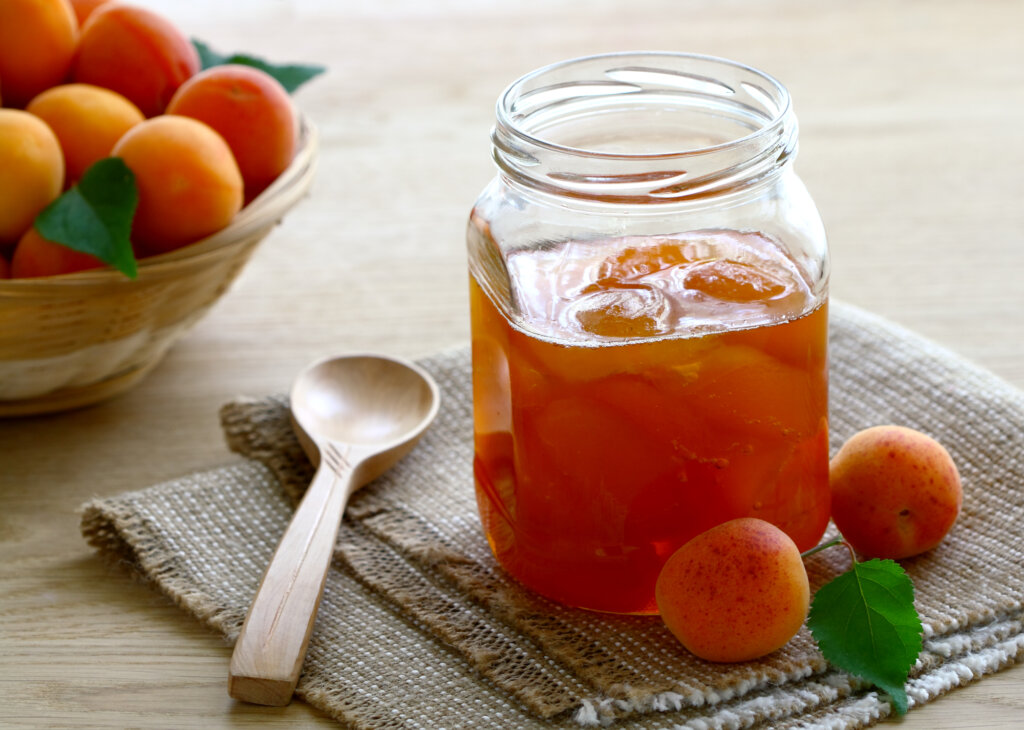
It’s as easy as placing fresh apricots and sweet syrup in a jar, canning the jars in a water bath canner, and enjoying the harvest of your labor for months to come!
Why I Enjoy Canning Apricots
I enjoy dehydrated cherries and candied kumquats, but of the many different ways to preserve food, canning is one of my favorites.
Basic fruit canning is very simple. If you have been hesitant to start canning your own fruits and vegetables, this is a great place to start.
The high acidity in apricots makes them a safe fruit to water bath can. Water bath canning is known as the “gateway” to canning. It requires less monetary investment and is an easy skill to learn.
Plus, there is something incredibly satisfying about filling up your pantry with home-canned foods! A satisfaction you can’t get from store-bought items.
This recipe allows you to control the amount of sugar you add to the syrup.
Click here for my FREE fruit syrup canning chart.
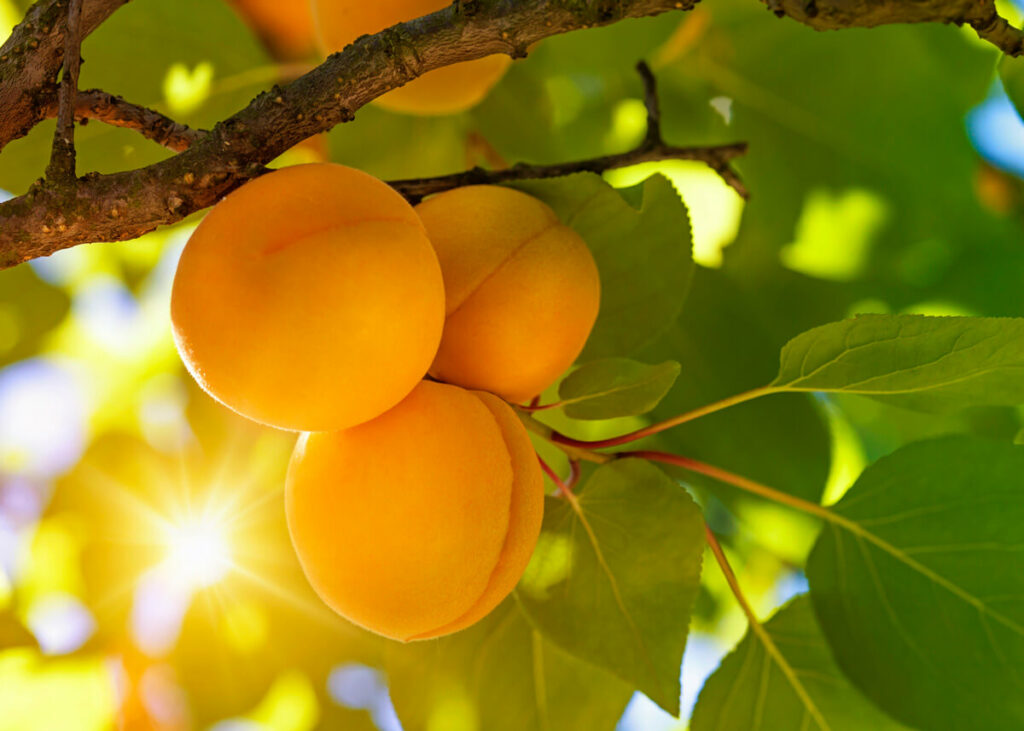
Two Ways to Can Fruit
My method of choice is to pack raw, but there are varying opinions on this. I think it’s less messy, easier to pack the jars, and yields a firmer end result, which I prefer.
- Raw Pack Method – Raw pack simply means putting the fresh fruit in the jars and pouring the hot water and sugar mixture over the fruit.
- Hot Pack Method – The hot pack method is when the fruit is actually cooked with the syrup before pouring it into the jars.
For the following recipe, I will be sharing my method using the raw pack method.

Preparation for Canned Apricots
Rinse the apricots with cold water in preparation for canning. Peeling them is optional. If you decide to peel them, read my tutorial on how to can pears. I include a peeling method that works well for peaches, pears, and apricots in that post.
Cut the apricots in half, remove the pit, and place them in jars. The apricots and syrup will cook together in the jar when using the raw pack method.
Pro-Tip: Place the apricots into the jars with the cut side down. This allows you to fit more apricots into the jar.
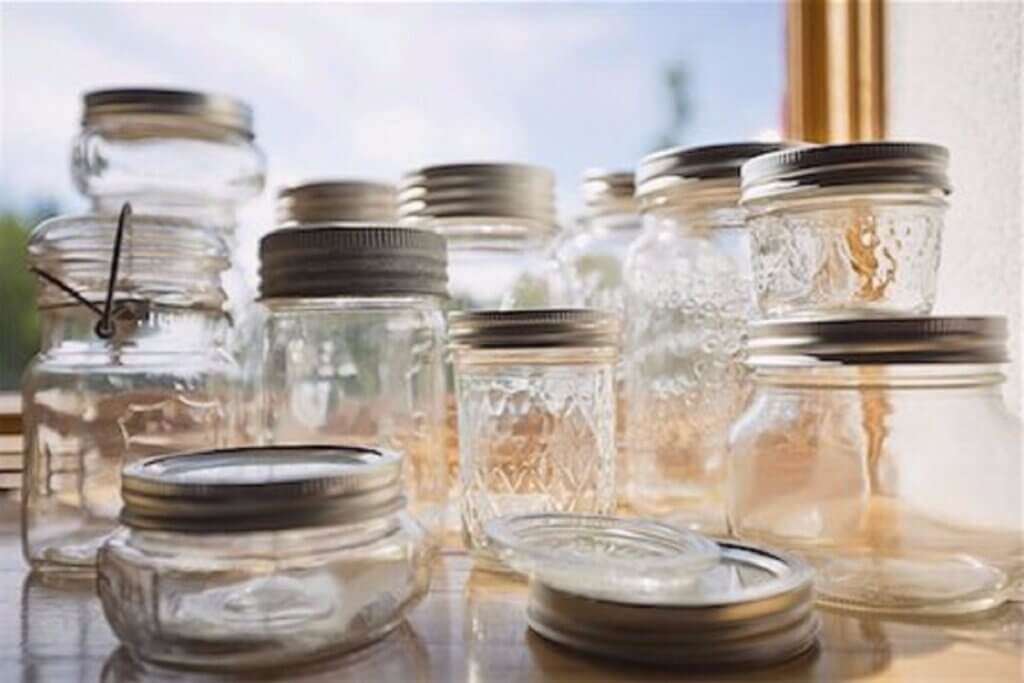
Equipment Needed
- Canning Jars – This recipe will yield approximately four 1-quart jars of fruit. If you are doubling the recipe, sterilize and prepare jars for the amount of fruit you have.
- Lids and Rings – You will need the same amount of lids and rings as jars.
- Water Bath Canner – If you don’t have a water bath canner, check out this steam canner, it works like a water bath but is much easier to use.
- Jar Lifter – A jar lifter is essential for safety when removing hot jars from the canner. This handy kit includes other useful tools as well.
- Wooden Spoon – I prefer using wooden spoons for canning purposes.
- Stainless Steel Pan – This is used for boiling the water and sugar to make the syrup.
- Hot Pads – Old kitchen towels will work as well, but you’ll need something to handle the hot jars and keep from burning your hands.
- Bubble Remover – A knife, chopstick, or ruler will work for this step as well.
Ingredients Needed
- Apricots – 9 pounds of apricots is just about perfect to fill your jars. Be sure to use fresh fruit without damage (or cut the blemishes off while cleaning).
- Water – You’ll need 6 cups of water. Apricots can be canned with only water and no sugar, but if you’re looking for that traditional taste of canned apricots, you’ll want to at least use a light syrup… we all need a little sweetness, don’t we?
- Sugar – I like to use 2 cups of sugar for a nice light syrup, but this can be adjusted to your taste following my free downloadable syrup chart for canning fruit.
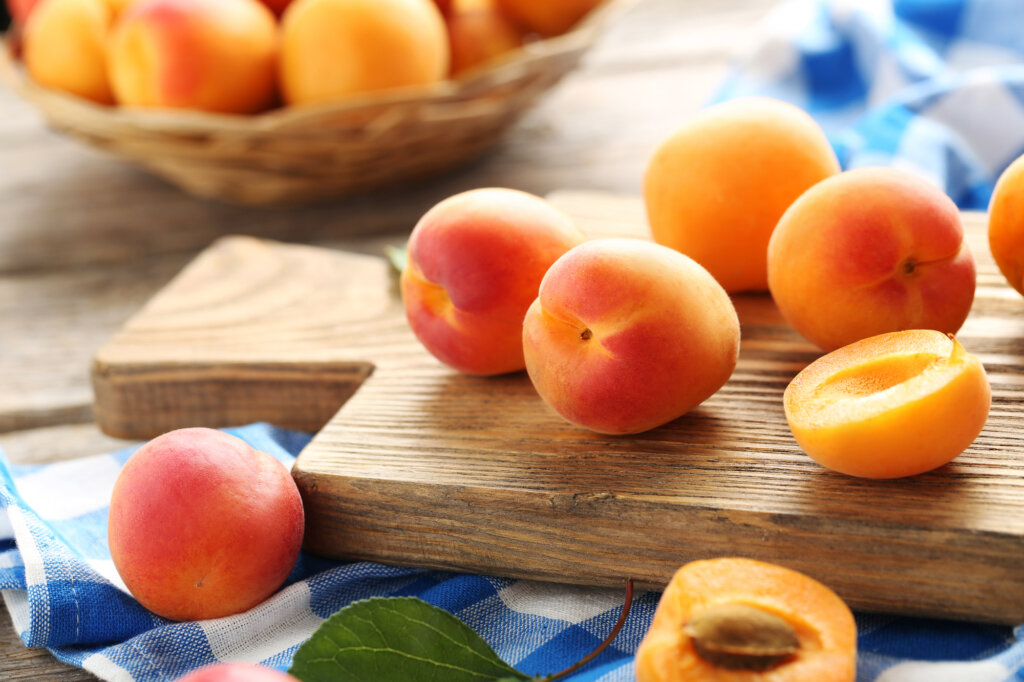
Step-by-Step Instructions for Canned Apricots
- Prepare a hot water bath canner by filling it half way with warm water, placing rack inside, and setting on medium heat.
- Have jars washed and rinsed in hot soapy water. Wide-mouth jars are the easiest to pack your apricots into.
- In a large saucepan, bring 6 cups of water and 2 cups of sugar to a boil. After it comes to a boil, cover the pan, and turn off the burner since apricot canning goes so quickly.
- Place apricots in the jar, cut side down, and fill to within ½ inch of rim of jar.
- Pour hot syrup over apricots again allowing ½ inch of headspace.
- Remove air bubbles by taking a chopstick, knife, or ruler and running it between the outside of the fruit and the inside of the jar. Re-check headspace and add more syrup if needed.
- Wipe down the rim of the jar with a clean cloth, place lid and band on, and tighten to fingertip tight.
- Place jars in the hot water bath canner. Carefully lower the filled jars into the water making sure the water level comes 1 inch above the top of the jars. Add more boiling water if necessary.
- Bring water to a boil and begin the processing time only after water has reached a full boil. Cover with the lid and process pints for 25 minutes and quarts for 30 minutes. Turn off the burner and remove the lid. Wait 5 minutes, remove jars from the canner with a jar lifter, and place on a folded towel.
- Allow to cool for 12 to 24 hours undisturbed.
- Check seals, remove bands, wipe down jars to remove any sticky residue, and store for up to a year in your pantry.
More Canning Posts You Might Enjoy
- How to Can Pears the EASY Way
- How to Store Home Canned Food Safely – Jar Stacking & Canning Rings
- Canning Problems and Solutions: Siphoning (Liquid Loss in Jars)
- 129+ Best Canning Recipes to Put Up This Year
- How Do You Know if a Canning Recipe is Safe
- How to Stay Safe Canning Homemade Jam & Jelly
- How to Convert Recipes for Canning + Safety Tips
- Canning 101 Water-Bath vs. Pressure Canner
- 10+ Easy Home Canning Recipes
Learn the 5 Proven Steps to Safe & Stress-Free Home Canning
This free on-demand workshop walks you through the same method I use to safely can 400+ jars a year. You’ll learn:
- When to use a water bath vs. pressure canner (get this wrong, and it’s risky)
- How to avoid spoilage with smart safety-first practices
- Exactly how to build your long-term pantry—without burnout
✅ Perfect for preserving fruits, veggies, meat, and more—even if you’ve never canned a thing.
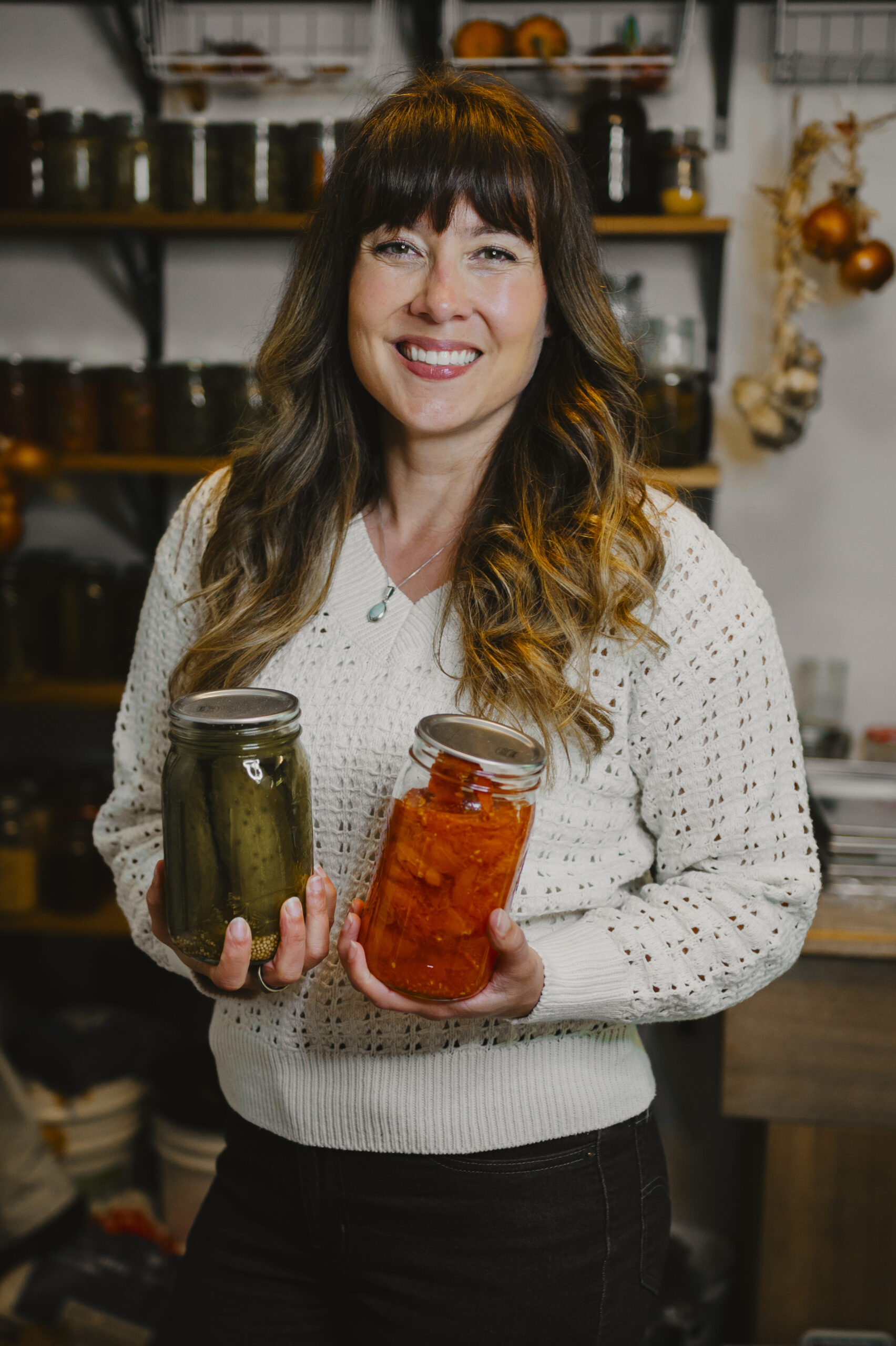
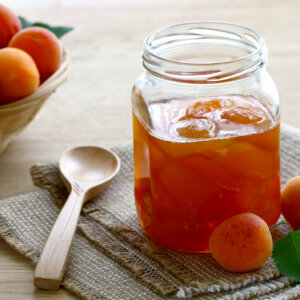
How to Can Apricots- Easy Canned Apricots Recipe
Equipment
- 1 Water bath canner
Ingredients
- 9 pounds apricots rinsed and halved, approximately 2 and 1/4 pounds per quart jar
- 6 cups water
- 2 cups sugar more or less to taste, see my syrup canning chart
Instructions
- Prepare hot water bath canner by filling 1/2 way with warm water, placing rack inside, and setting on medium heat. (Have extra boiling water ready in case it's needed in step 8.
- Have jars washed and rinsed in hot soapy water, wide mouth are the easiest to pack your apricots in.
- In a large saucepan bring 6 cups water and 2 cups sugar to a boil. (Once boiling, I cover and turn it off since apricot canning goes so fast.)
- Place apricots in the jar, cut side down and fill to a 1/2 inch headspace.
- Pour hot syrup over apricots leaving a 1/2 inch headspace.
- Remove air bubbles by taking a bubble remover, chopstick, knife, or ruler and running it between the outside of the fruit and the inside of the jar. Re-check headspace and add more syrup if needed.
- Wipe down the rim of the jar, place lid and band on, and tighten to fingertip tight.
- Lower jars into the canner and make sure the water level comes 1 inch above the top of the jars. Add more boiling water if necessary.
- Bring water to a boil and begin processing time only after the water has reached a full boil. Cover and process pint jars for 25 minutes and quart jars for 30 minutes. (If using hot pack method, pints are 20 minutes and quarts are 25 minutes).
- Turn off burner and remove lid. Wait 5 minutes and, using a jar lifter, remove jars from the canner and place on a folded towel. Allow jars to cool for 12 to 24 hours undisturbed.
- Check seals, remove bands, wipe down jars to remove any sticky residue, and store in your pantry!
Notes
- Placing apricots cut side down allows more to fit into the jars.
- It’s normal to see extra space at the bottom of the jars once canning is complete. Because we’re cold packing the apricots, they will release water and become smaller as they’re canned.
- It’s also normal for a little bit of the syrup to be siphoned out during the canning process. As long as your jars have a proper seal, the fruit is just fine! If more than 1/3 of the syrup is gone, allow that jar to cool to room temperature and place it in the refrigerator. Eat within a week.
- To hot pack apricots – place prepared apricots and syrup in a large saucepan and bring to a boil. Pack hot into jars and process in a water bath or steam canner and follow the instructions above.
- Nutrition facts include apricots and syrup. One serving is 1/4 of a quart jar, or approximately 1 cup (with syrup).
Nutrition
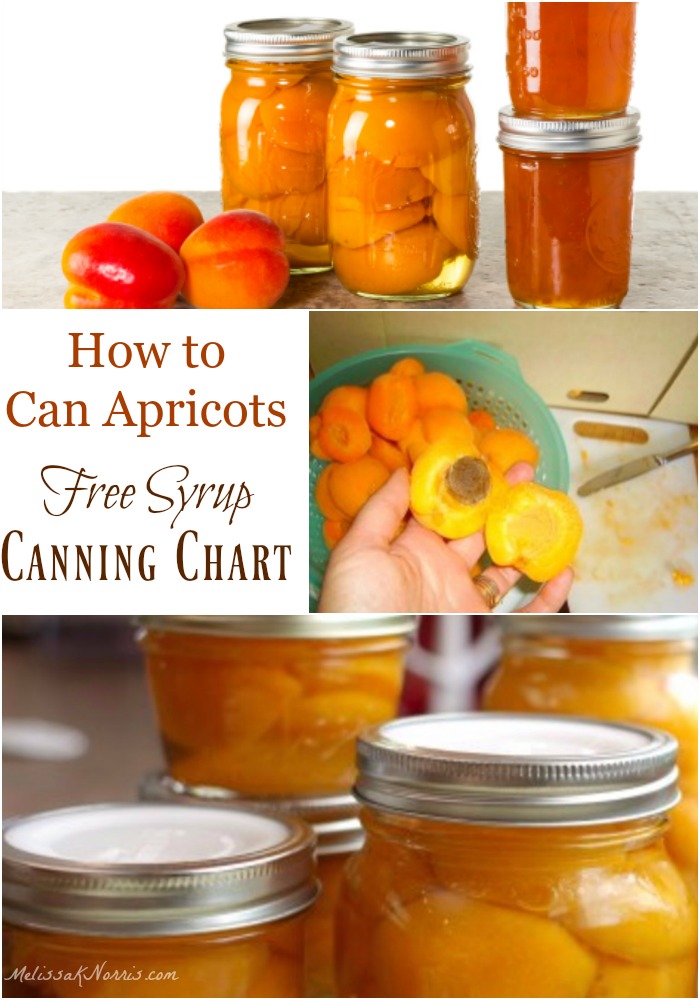
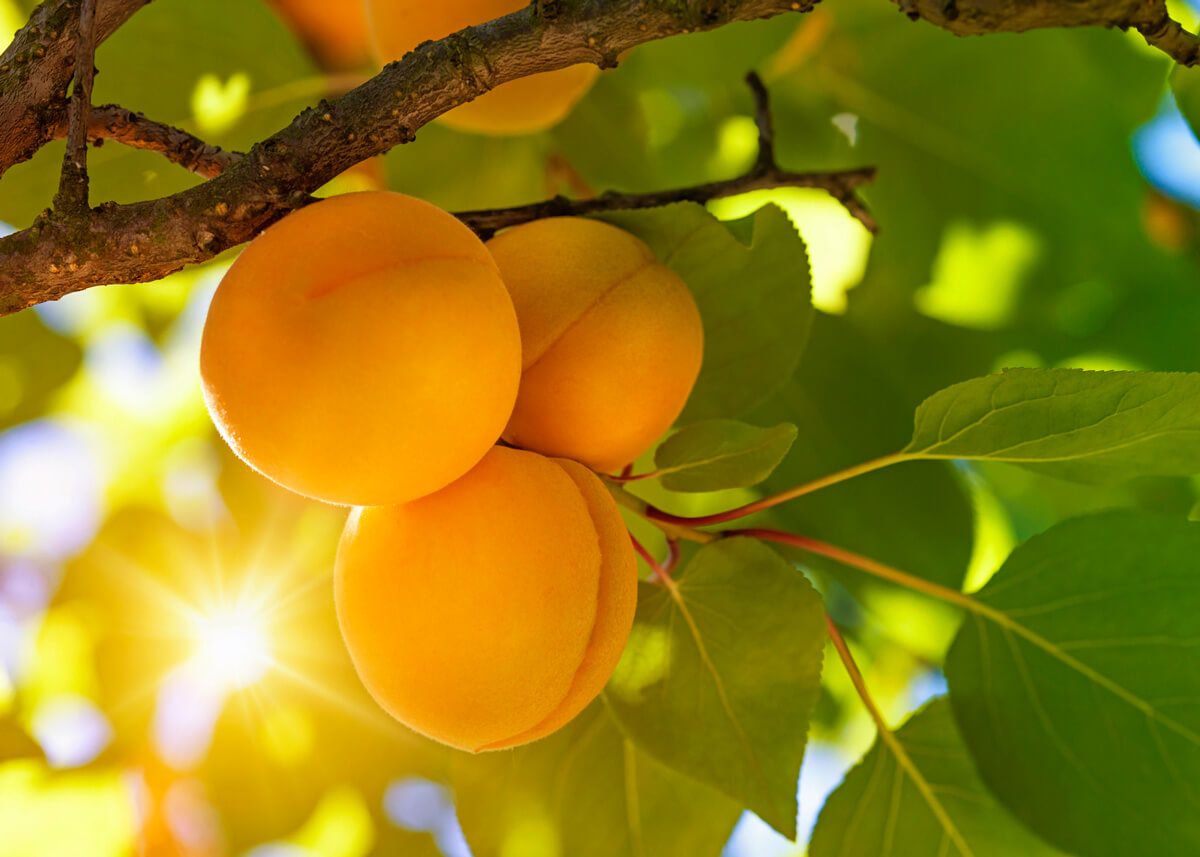
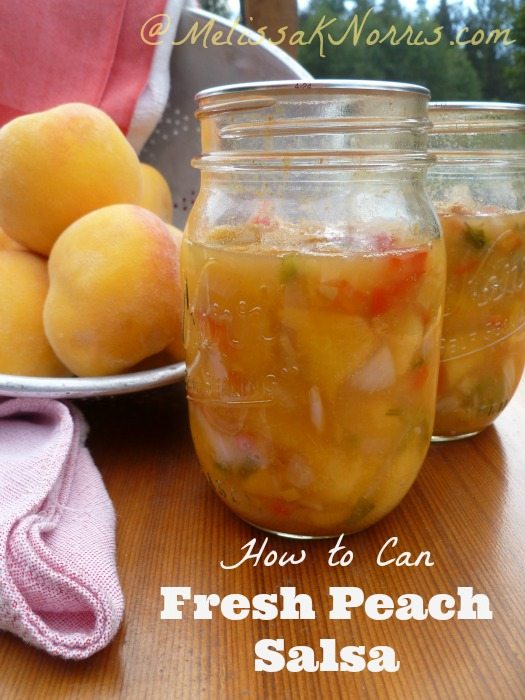

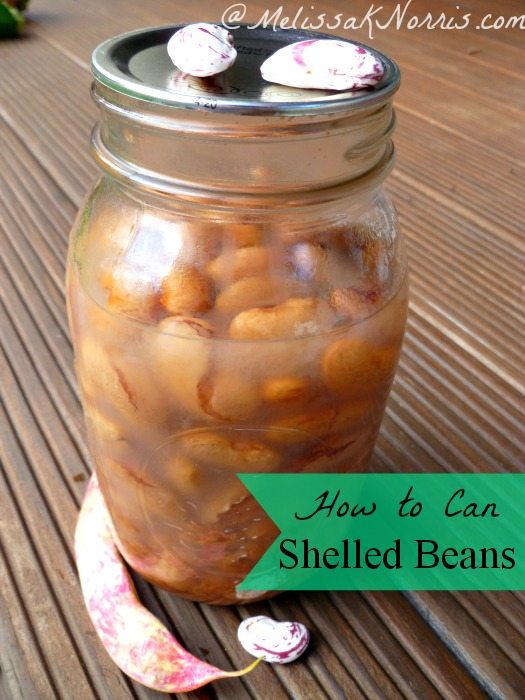
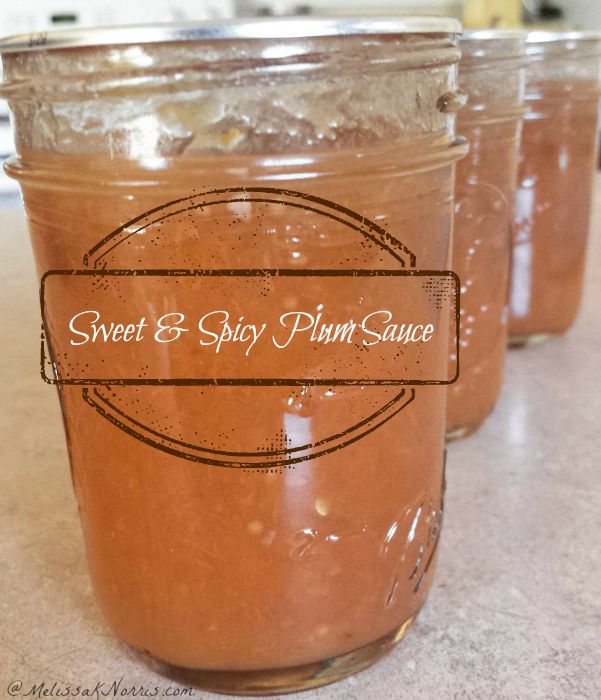





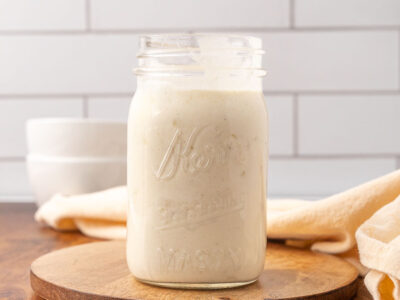
Can I use honey or maple syrup instead of sugar as I can’t have regular sugar?
I add fruit pectin to my apricots before canning. It keeps the fruit from turning brown.
Lemon juice will do that too. Pectin would gel your syrup.
cut side down ? will trap air. Not good. cut side up , no traped air may be less in jaw but safer. what says you ? thanks
Cut side down doesn’t trap air.
Have been canning fruit here in Australia for 40 plus years here we use vacola jars with ss lids instead of making syrup i just add 3to 4 tablespoons of sugar or to taste have had no trouble with this process then water bath the jars .
I used to run my apricots through a food mill to make apricot nectar. Now I just can them like this in pint jars and blend them in a blender when I’m ready to make the nectar. Just add another two pints of water to the blender and store in a pitcher in the fridge. Yummy!
Is there a way to do this recipe without sugar? Thank you!
When I have canned apricots in the past they seem to all bunch up at the top of the jar. Any suggestions to prevent floating fruit? Thank you!
After 24 hours they should settle back down, this is normal with fruit like peaches, pears, and tomatoes that have more air in them.
No rating yet, as I have not eaten any of my canned apricots. Even after 24 hours, the fruit is still floating at the top. Any suggestions?
One way to keep them from floating is to pack them very tight, but being careful to not tear the fruit.
I have been making, jams, relishes, salsa , chutneys, etc for 45 years. I NEVER do the boiling water bath. I keep jars in oven at 220 till ready, simmer. Bernardin canning lids and rings in water then fill hot jars with hot product and lid immediately. You will hear a pop and that means it is sealed and the lid is slightly depressed. I have never had anything spoil. Currently we are eating black currant jam from 2015 and relish from 2017. It is perfect. As long as you have to pry the lid off you are good.
Makes it so much simpler.
Great recipe! Thank you
I’m sorry but this is not true, the lid popping just means you had a vacuum seal, it’s not an indication the jars of food are safe. The pH level of foods and processing times to kill bacteria are what make a recipe safe for canning. I highly recommend going through some canning safety and science, I have a free video series here https://melissaknorris.com/pressurecanning that covers safety
Yes, I do too, but keep the empty jars and rings/lids in a boiling water bath until fruit is ready to pack. I’ve never had a problem. My mother used to use paraffin to seal the jars and sometimes the seal would be broken and she said the fruit would get “boozy”! ?
I followed the recipe but when I lifted the cooked jars out of the water bath the juices started to come out from under the lids. About 1/4 cup worth of juice. The jars sealed properly when cooling. What did I do wrong?
Did you let them sit in the canner with the lid off for 5 mintues after the processing time had ended (and burner turned off). That helps to reduce siphoning, which is what you experienced.
Is there a purpose behind making a syrup to pour over the apricots rather than just adding sugar to each jar and pouring water over? I’ve only seen it done the latter way and it seems like less work but was wondering if there’s an advantage to creating the syrup first that I’m missing?
You need to disperse the sugar evenly in the water and your tested times for canning are with using a hot liquid, so to stay within tested times for food safety, yes, it needs to be hot syrup.
How do you keep the apricots from getting mushy if you do a quart for 25 minutes. I do mine for 10 minutes and they still get mushy. Do you can them before they are quite ripe?
They are softer than fresh once canned.
Hi Melissa,
My apricot tree yielded more and faster than I expected, so I froze some of the fruit. Can I still transfer the frozen apricots into jars and can them? Or thaw them first and then can them?
Thanks much,
Anette
No, you can’t put them in frozen and you could turn them into an apricot jam or fruit butter but the texture of frozen then canned is going to be too mushy to bother with I would think.
How can I get info on my 5 year old, 15 foot apricot trees that do not produce any fruit? They bloom and that is all.
Please help 🙁
I used to frozen apricots for pies or jam later on in the year and it comes out great!
The recipe first says 6 quarts of water and 2 cups of sugar. Farther down it says 6 cups of water and 2 cups of sugar. Which is correct?
Thanks for catching that typo John, it should be 6 cups of water to 2 cups sugar. Updated and fixed.
6 cups of water 2 cups sugar
Would this also work for canning peaches?
Yes! Exact same procedure and processing times.
Thank-you for the chart! The recipe looks yummy.
Hi Malissa.
I had a problem with downloading your Fruit Syrup Canning Chart. Is your site not working or could it be mine? I haven’t been having any trouble with mine lately.
Harold, I’ve not had any issues and anyone else hasn’t reported anything. What seems to be the problem so I can try and troubleshoot?